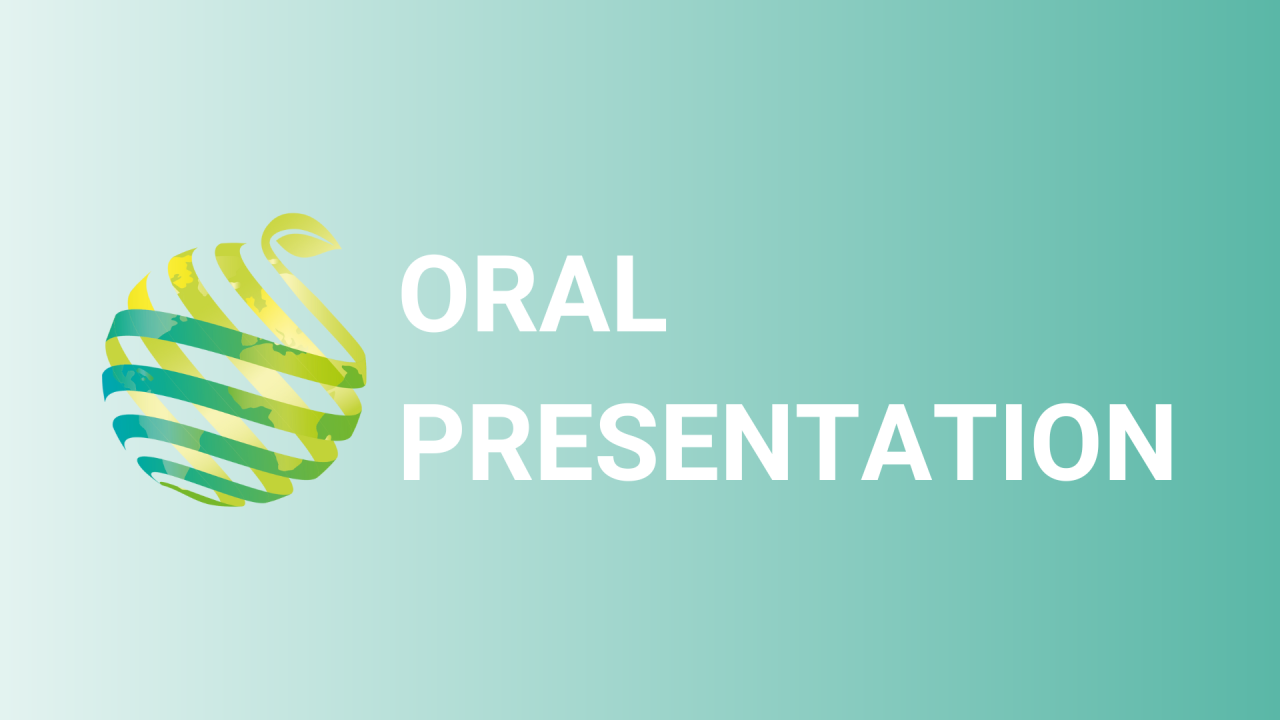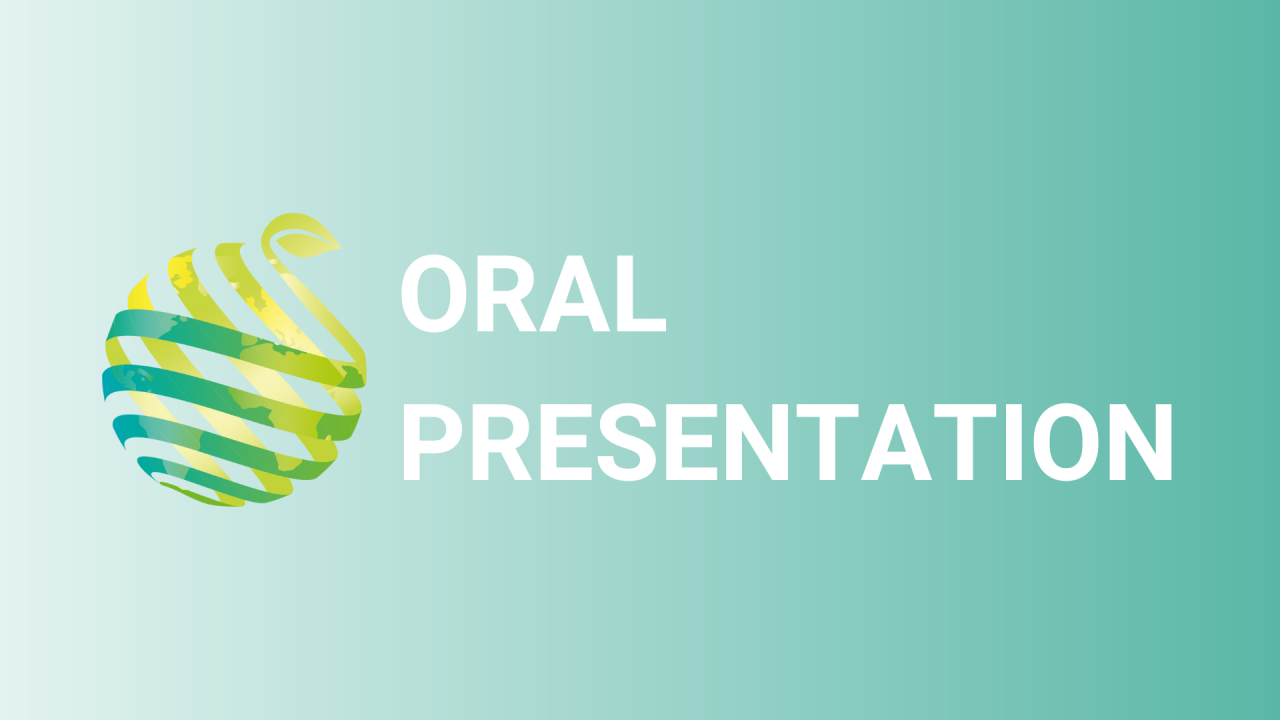

S22 - Session O4 - Responsible Color: Cultural, environmental, and ethical sustainability - New biocolourant database for the quality control of natural colourants and products
Information
Authors: Anja Primetta *, Riikka Räisänen
A new digital biocolourant database is under development in BioColour-project (BioColour n bio-based dyes and pigments for colour palette) funded by the Strategic Research Council at the Academy of Finland. It supports biocolourant companies and offers quality tools also to authorities, laboratories, researchers, and all those working in the field of natural colourants and naturally coloured products. The database strengthens their traceability, the production and helps to detect adulterations and to maintain high quality. To enhance the prerequisites for large-scale natural colourant production, and new applications, the database considers the entire production chain. The fundamental for the quality control is the correct identification and thorough knowledge of the raw material. Only the studies with the securely identified biological source are included. The database provides scientific reference information about natural dye sources and products, their geographical origin, colourant composition, and the chemical characteristics of the molecules. The taxonomically structured database is composed of two main parts. The part A integrates information from taxonomy, botany, chemistry, and, to a lesser extent, about the genetic background of dye sources to combine the strengths of each areas in the quality analysis and authentication. It provides information about organisms and their chemistry, mostly about colourant molecules. Using a tool, based on the traditional chemotaxonomical principles, one can make queries and comparisons e.g. about dye sources, colourant molecules and their characters. The organisms are connected taxonomically to the part B. Using a tool, one can get information about visual colour (e.g. CIELab-values) measured from the materials after certain natural dyeing processes. The traditional approaches are complemented by modern data science approaches, as a part of the prementioned data is utilized by data mining and machine learning methods to support in the quality analyses of biocolourants.